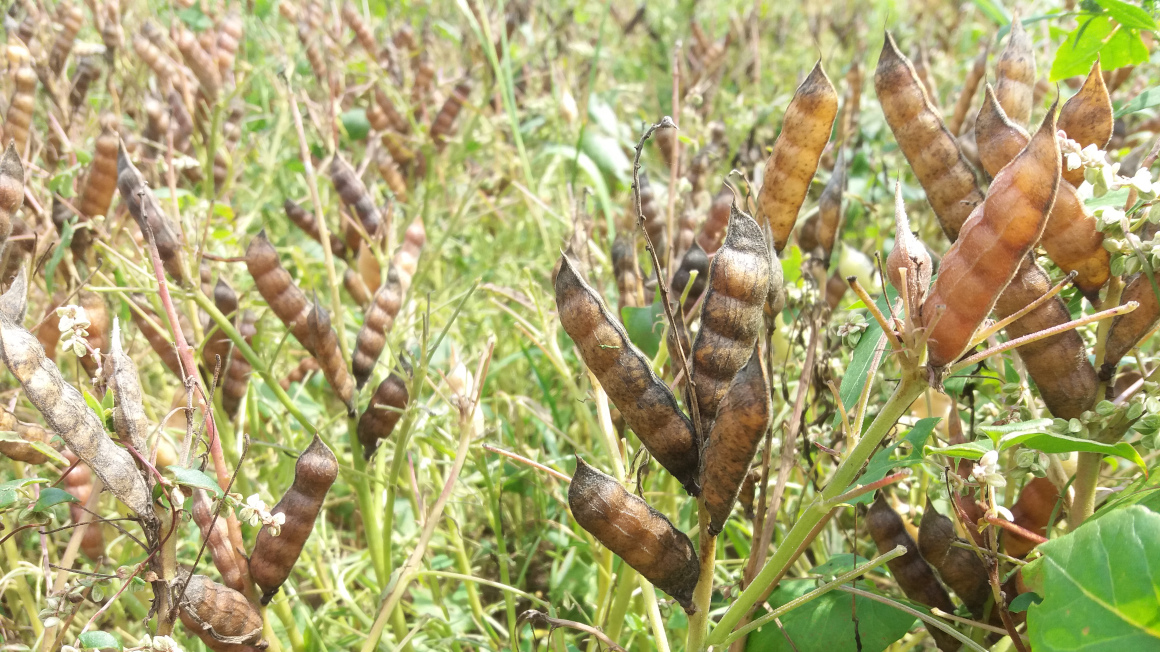Climate change requires breeding of new soybean varieties
Soy production in Europe could be further increased by breeding new drought- and heat-tolerant varieties.

Besides France, Italy, Serbia and Romania, soy is also cultivated in Germany. In the 1980s, there were just 1,000 hectares of arable land for soy; in 2022, according to the Deutschen Sojaförderring ("German Soy Promotion Ring"), there were around 51,400 hectares - an increase of almost 50% compared to the previous year. In the long term, soy production in Europe could continue to increase significantly, as more and more arable land is suitable for cultivation. This is the result of a recent study by the Leibniz Centre for Agricultural Landscape Research (ZALF).
Soy cultivation in cooler regions pays off
More legumes in the fields would be good for the plants, the soil and the environment alike. Legumes have the ability to bind nitrogen from the air via the roots with the help of bacteria and to supply the plant naturally with the valuable nutrient. So growing soybeans would not only save fertiliser and improve the soil, but also reduce the input of chemicals into the groundwater.
"Expanding soybean cultivation in previously cooler regions expands farmers' opportunities to diversify their crop rotations and thus reduce the risk of weather-related yield losses and increase biodiversity," explains study leader Claas Nendel. However, cultivation in this country is still associated with weather-related risks: Soy needs a lot of water at the beginning of the season, but dry weather for ripening and harvesting. Rainfall at harvest time in October has therefore been a major problem so far. But this is about to change, as the researchers report in the scientific journal "Global Change Biology".
More arable land suitable for soy cultivation
Using simulations with plant growth models, the ZALF team showed that the previous production risks from cool and wet weather will tend to decrease in the long term, making more arable land suitable for cultivation. At the same time, however, drought and heat stress are becoming a "serious risk" for soybean cultivation in Europe, according to the study.
Focus breeding on heat- and drought-tolerant soybean varieties
Water resources are also limited across Europe, and breeding is challenged to expand its focus to include drought- and heat-tolerant soybean varieties, the researchers write. "Under warmer conditions, soybean yields more than was previously possible with soybean varieties adapted to cool temperatures in Germany," explains ZALF researcher Moritz Reckling. With the help of new drought- and heat-tolerant soybean varieties, Europe could become independent of imports from countries like Brazil in the long term. Huge areas of forest and savannah have been converted into arable land for soybean cultivation, destroying unique habitats for animals and plants.
bb


